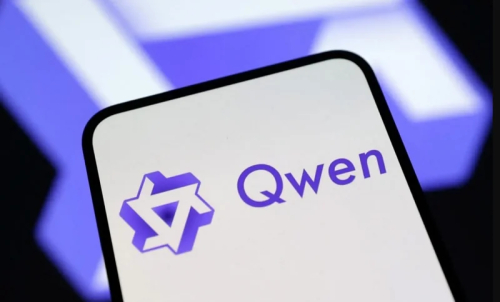Part of the “threads” of the Neuralink brain implant has failed
100 days after implanting the Neuralink brain-computer interface to Noland Arbaugh, the startup reported that some of the “threads” had failed . This reduced the accuracy of recording neural signals.

Neuralink, a startup developing a brain-computer interface (BCI) to help paralyzed patients, has encountered some challenges.
100 days after the system was implanted in 29-year-old patient Noland Arbo, it turned out that part of the “threads” with electrodes had moved away from the brain. This reduced the accuracy of recording neural signals, since the Neuralink BCI uses 1,024 electrodes on 64 “threads” that are thinner than a human hair.
In response to these issues, Neuralink has taken a number of steps to improve the performance of its interface. The company has improved recording algorithms, user interfaces, and techniques for turning neural signals into cursor commands. The alternative of removing the implant was even considered, however, since this did not pose any risk to the patient, this idea was abandoned.

Despite the partial disconnection of the threads, Noland Arbo continues to use the Neuralink system. He works with BCI about 8 hours a day during the week and up to 10 hours on weekends. The patient is happy with the experiment, which gave him the opportunity to do things on his own again.
It is worth noting that the challenges facing Neuralink remain significant. For further development of the company, a long time is required to test the safety and functional effectiveness of the technology. Only after successfully completing these steps will Neuralink be able to apply to the Food and Drug Administration (FDA) for approval to commercialize its brain-computer interface.
Share
What's Your Reaction?
 Like
0
Like
0
 Dislike
0
Dislike
0
 Love
0
Love
0
 Funny
0
Funny
0
 Angry
0
Angry
0
 Sad
0
Sad
0
 Wow
0
Wow
0





![Transfer/ Postings Senior Superintendent Police Hyderabad [Notifications]](https://pakweb.pro/uploads/images/202402/image_100x75_65d7bb0f85d5f.jpg)
![Amazing Text Animation Effect In CSS - [CODE]](https://pakweb.pro/uploads/images/202402/image_100x75_65d79dabc193a.jpg)






